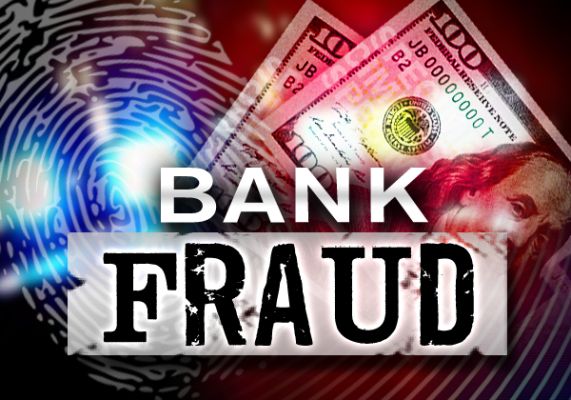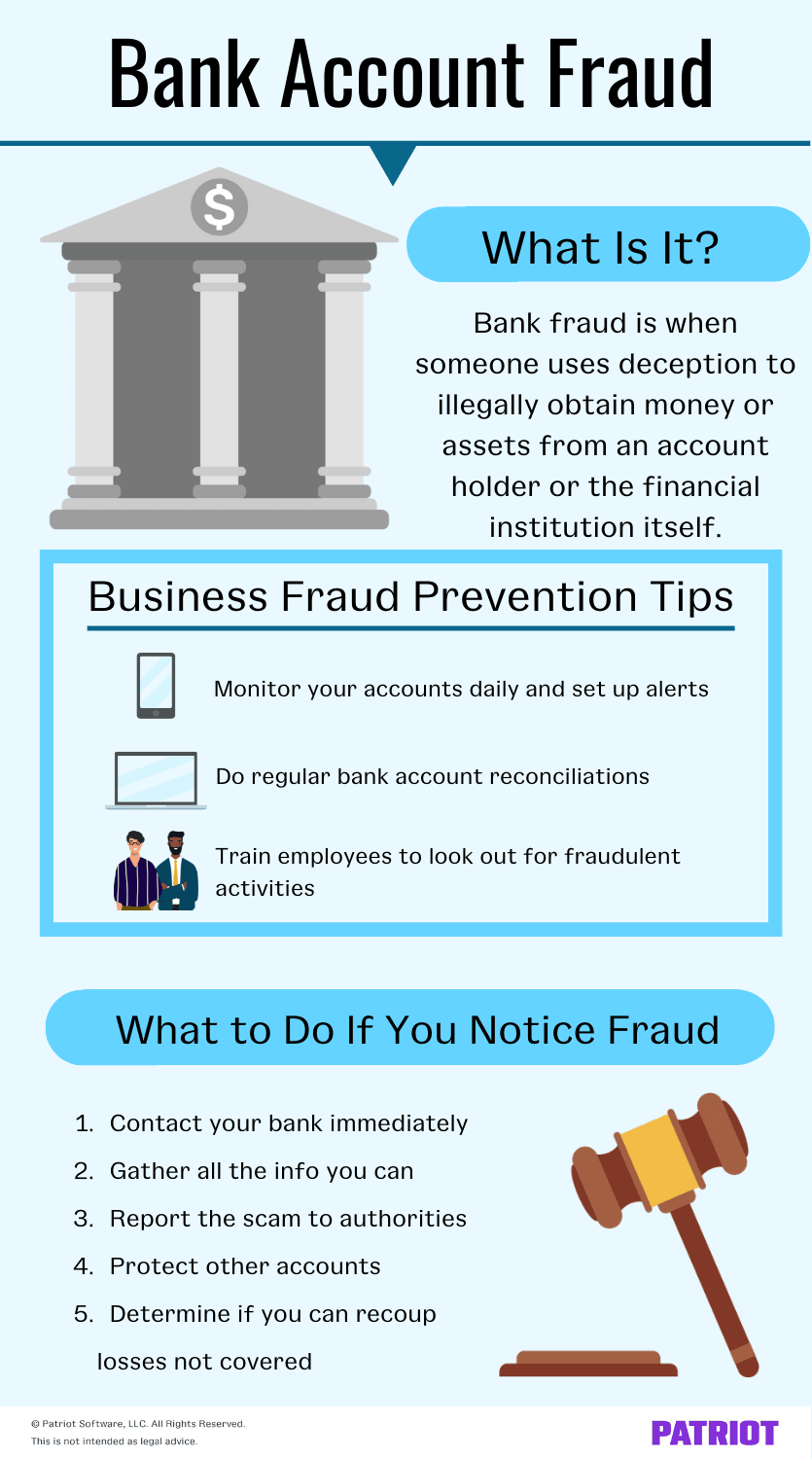
With the recent news about a few bank failures, many vendors are updating their banking information. Scammers are using this moment of change to take advantage of unsuspecting customers. By preying on common anxieties, fraudsters can trick you into sending money to a phony bank account or providing your personal banking information. Remember to stay calm and be skeptical of banking update requests. Below please find some simple security tips:
- Don’t click on anything in an unsolicited email or text message asking you to update or verify account information.
- Never send funds to a merchant until you can confirm it is legitimate.
- Don’t rely only on caller ID to confirm someone’s identity, as scammers can compromise that too.
- Look up the company’s phone number through a legitimate source like a statement provided by the company, and don’t use the number a potential scammer is providing.
- Do NOT give out your personal information/social security number unless you know exactly who is getting it.
- When in doubt, hang up the phone and call Bank/Credit Company directly.
Another type of SCAM is referred to as BEC. BEC is a sophisticated scam in which fraudsters disguise themselves as a trusted entity and trick either an individual or a business into performing a transfer of funds through wire transfer, ACH or checks. The victim believes they’re conducting a legitimate transaction, only to find out later it was fraudulent, potentially resulting in significant losses.
When Business E-mail Compromise (BEC) scams first surfaced, fraudsters typically spoofed email addresses. A spoofed email is when someone manipulates an email address to resemble a trusted one:
Valid email address: [email protected]
Spoofed email address: [email protected]
These instances still happen frequently and can be identified by taking a closer look at the email address information.
Criminals have evolved their schemes dramatically over the years and will sometimes compromise an email address or an entire email chain. This can be done by getting a victim to click on a phishing email or download a malicious attachment, which allows the fraudsters to compromise the targeted email address. Do NOT download attachments or click any links in e-mails unless you know who they are from.


